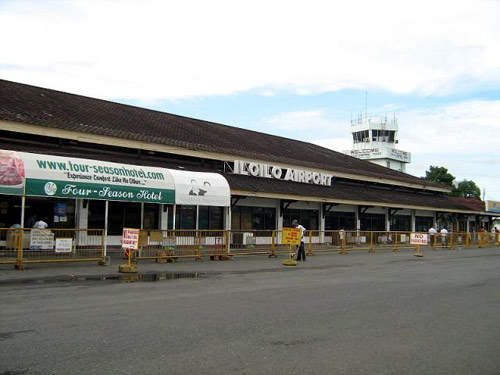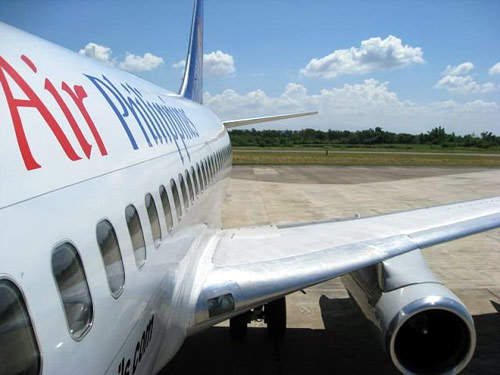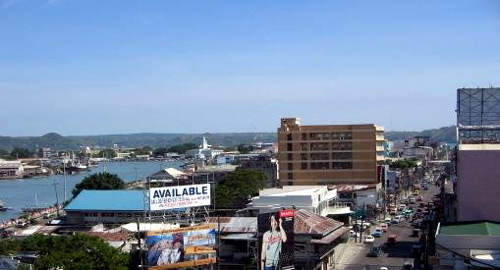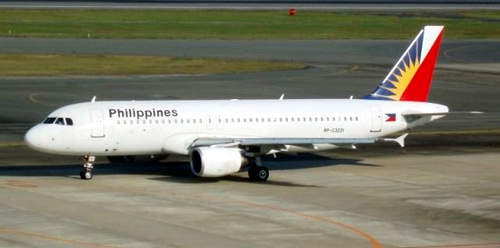Iloilo International Airport was opened officially to commercial traffic on 14 June 2007 and provided a replacement for the older Mandurriao Airport that had served the area for over 50 years (international flights are unlikely to start before 2008 because of a lack of carrier interest).
The airport is situated about 19km northwest of Iloilo City on the border between the neighbouring regions of Cabatuan and Santa Barbara in the Western Visayas.
The airport was first planned in 1998 when it was realised by the airport administration that Mandurriao Airport was quickly becoming overloaded with passenger traffic and, because of its location, could not be easily expanded.
The plan for the new airport was ratified in 2000 by the National Economic and Development Authority and the project started construction in April 2004.
The finance for the project was provided by the Japan Bank of International Cooperation in the form of a 6.2bn peso loan (although the final cost of the airport turned out to be approaching 9bn pesos).
The 188ha site for the airport in Cabatuan and Santa Barbara was chosen based on information from a study carried out by the Department of Transportation and Communications (DOTC) and the Japan International Cooperation Agency. The Air Transportation Office was also involved in the siting of the new airport.
CONTRACTORS AND CONSTRUCTION
The contractor awarded the construction contract for the new airport was the Taisei-Shimizu joint venture. The project manager and government liaison was Japan Airport Consultants. Basic Technology and Management Corporation were also involved in the new airport from the technology point of view.
The airport was structurally complete and functional by March 2007 and was ready to open at the end of the first quarter of 2007. However a series of mishaps delayed the opening until June 2007. At that time the old airport closed and the old site is being redeveloped as a leisure park and resort complex (54ha site purchased by Megaworld Corp for 1.2bn pesos).
ILOILO INTERNATIONAL FACILITIES
The airport has a single asphalt runway (02/20) which is 2,500m (8,203ft) long, 45m (148ft) wide and capable of handling aircraft up to the size of a Boeing 747 or Airbus A330. The runway is fully compliant with International Civil Aviation Authority standards (instrument landing system and runway lights) and is ready for international operations subject to ICAO inspection.
The airport has a single main terminal building which has a floor space of 12,000m² and is capable of handling 1.2 million passengers a year (2006 figures showed around 876,000 passengers a year). The terminal is neatly divided into three storeys, each having a different function. The ground floor is for arrivals and baggage recovery, the first floor is fitted out for check-in and the second floor is for departures.
The terminal has been outfitted with modern equipment including three jetways capable of extending to 35m, two 51m baggage conveyors belts, six x-ray machines, ten check-in counters and ten LCD flight information displays. The terminal building also has two lifts for the use of VIPs and the disabled and has three different lounge areas for the use of smokers, VIPs and also a business class lounge.
The area surrounding the terminal building has a 48,000m² apron area, which is capable of handling six medium-sized aircraft at the same time.
To complete the airport facility buildings there is a nine-storey 35m air traffic control tower, a fire station (with three emergency vehicles), a two-storey admin building, maintenance facilities, a fuel farm administered by Petron Corporation and a cargo terminal building with a floor space of 1,281m² and capable of handling 11,200t of
cargo a year.
Other infrastructure includes a water treatment plant with a 6ha waste run off pond and an emergency power station (four 500kVA units) to maintain the airport in the event of power cut.
INTEGRATED TRANSPORT
The airport has not really been open long enough to consider the problems with landside transport to and from the facility. There is a well maintained 3km access road to Santa Barbara but as yet no bus service, although there is a modest shuttle service.
The taxi service is well established already but it is expensive and is set to raise prices again soon. A rail link to the centre of Iloilo City is still being considered and will take several years to construct if it passes the planning stage.








